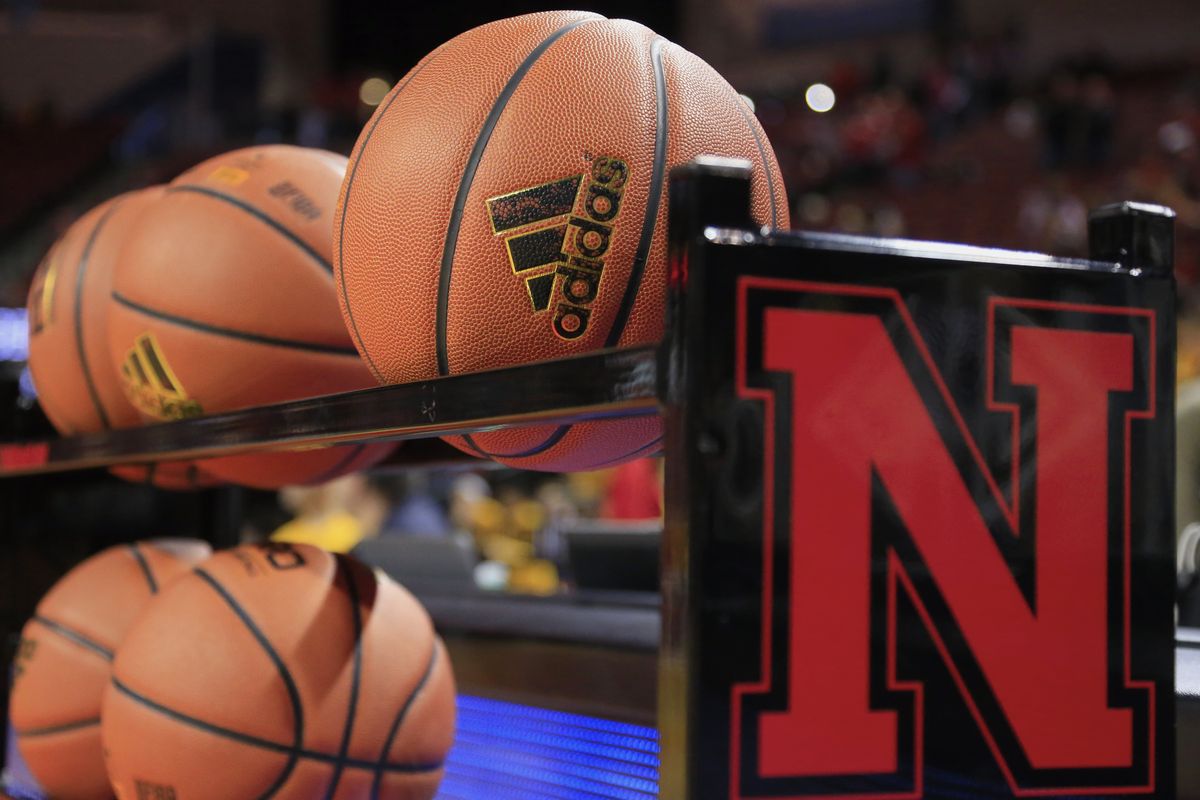NCAA basketball players often required to adjust to home team’s ball

When it comes to shooting a basketball, Ryan Boatright, like any player, must adjust to the setting. The lighting of the arena, the softness of the rims, the give of the floor in a storied old gymnasium.
Just as important is the ball itself. And in the NCAA, players have to get used to different balls pretty much all the time.
Ask Boatright about different brands, and the UConn standout can reel off the good and bad of each. The Huskies use the Nike Elite at home, but his favorite is the Wilson Solution.
“The leather just has more grip on ‘em,” Boatright said. “The Adidas balls and the Under Armour balls are a little more slippery, a little more slick, but the Nike balls and the Wilson balls have a little more grip to them for the ball handlers.”
Unlike the NBA, which uses the Spalding ball for all games, the NCAA has no uniform brand for regular-season games. It simply requires the home team to provide the game ball. Rule 16-1 lists specifications for size, weight, color, cover and bounciness.
That means a team could be playing with an unfamiliar ball during road games. In a sport where the “shooter’s touch” matters, the feel of the ball can’t be minimized.
“It’s certainly a distinct advantage for the home team more than any other sport, in my eyes,” Nebraska coach Tim Miles said.
Minnesota’s leading scorer, Andre Hollins, told the Minneapolis Star Tribune that part of the reason for the Gophers’ poor free-throw shooting in a three-point loss to Nebraska last week was the Adidas ball rolled out by the Cornhuskers.
The most popular ball is the Nike Elite, which is used by 17 of the teams in this week’s Top 25, not to mention Minnesota. Wilson, Adidas, Under Armour, Spalding and Sterling also are represented in the Top 25.
Most conferences use a uniform ball for their postseason tournaments, and the Wilson Solution is the official ball of the NCAA tournament.
There are subtle and not-so-subtle differences between balls in the regular season, depending on the brand. Some seem slicker, some tackier; some feel heavier, some lighter; some have grooves that are deeper, some that are wider.
“The feel of a ball is real important,” Tennessee’s Kevin Punter said. “If you don’t have a real good feel on the ball … Not that it should determine whether you win or not, but of course you want to play with a ball you like.”
Typically, a team practices before a road game with the brand of ball that will be used. The home team also sets out a rack of its balls for warmups.
Michigan State’s Travis Trice, whose team uses Nike balls at home, didn’t seem to have trouble with the Adidas ball at Nebraska, scoring 27 points in a two-point loss last week. He said the brand shouldn’t make a difference between winning and losing.
“There’s no excuse,” Trice said, “as long as it can go through the rim.”
Dan Calandro, who oversees the NCAA Basketball Rules Committee and staff, said to his knowledge there never has been a proposal to establish an official game ball for regular-season games.
Reggie Minton, deputy executive director of the National Association of Basketball Coaches, said there’s no interest in pursuing the matter among the NABC membership because schools and coaches are required under their contracts with athletic suppliers to use specific balls. Teams whose gear is supplied by Nike typically will use Nike basketballs, same as Adidas teams will use Adidas balls.
In college baseball and football, the NCAA has established specs for balls but there are no sanctioned brands for regular-season play. Rawlings is the official supplier for the NCAA baseball tournament. In football, each team provides the balls used by its own offense.
Nebraska’s Miles said he would support having a uniform regular-season ball if the contractual hang-ups could be worked out. But he also is convinced he has benefited from the current setup, especially when he coached at Colorado State.
CSU went to a Spalding ball during his last two seasons at the school. Few, if any, of the Rams’ opponents used that brand. In 2011-12, his final season, the Rams won 14 of 15 at home, shooting 49 percent from the field in those games and holding visitors to 41 percent.
“It was a unique ball, and it was hard for our guys to get used to it when we started with it,” Miles said. “But we were one of the best offensive teams in the country, so it was doing well for us. But I also think it messed with our opponent, no question about it.”